Madlener House
4 West Burton Place
Chicago, Illinois 60610
Telephone: 312.787.4071
info@grahamfoundation.org
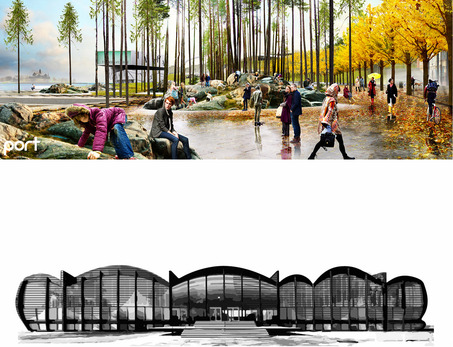
The Chicago Architectural Club, in partnership with the Graham Foundation and AIA Chicago, is pleased to announce the winners of the 2014 Emerging Visions competition:
CHRISTOPHER MARCINKOSKI & ANDREW MODDRELL
PORT Architecture + Urbanism
and
GRANT GIBSON
CAMES/gibson
Please join us tomorrow, March 13, 2014, to celebrate the results of the 2014 competition with special presentations by this year's winners followed by a roundtable discussion with the jury.
This year's jury includes Emerging Visions alumni Michael Wilkinson, Sarah Dunn (UrbanLab), Tristan d'Estree Sterk (ORAMBRA), Karla Sierralta & Brian Strawn (Strawn.Sierralta), and Iker Gil (Mas Studio), as well as AIA Chicago executive vice-president Zurich Esposito, Graham Foundation director Sarah Herda, and prize founders Elva Rubio and Dan Wheeler.
Founded in 1998, the Emerging Visions competition recognizes significant architectural endeavors by promising young architects and designers based in Chicago.
Images: (Top) Christopher Marcinkoski and Andrew Moddrell (PORT Architecture + Urbanism); (Bottom) Grant Gibson, (CAMES/gibson)
Chicago Architectural Club
http://chicagoarchitecturalclub.org/
AIA Chicago
https://www.aiachicago.org/
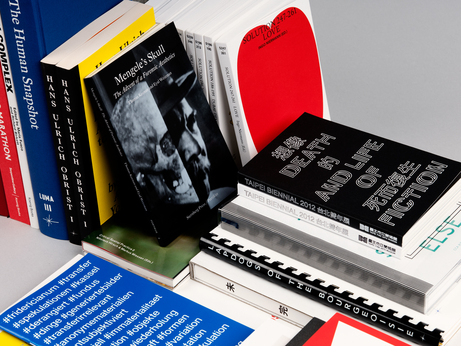
In a new lecture titled “Giving Shape,” Graham grantee Zak Kyes explores historical references that inform his studio’s approach to publications, exhibitions and identities including Lina Bo Bardi, Seth Siegelaub, CalArts and the Visual Design Association, while also showing the studio’s recent and ongoing projects with the Architectural Association, Haus der Kulturen der Welt, 2012 Taipei Biennial, Lisbon Architecture Triennale, Fridericianum, and 8th Berlin Biennale. Zak Group uses the strengths and skills that come from graphic design to consider how designers can thoughtfully take part in the creative process where giving shape is its own way of creating culture.
First presented November 2013 at Centre Pompidou, Paris
Zak Kyes is a Swiss-American graphic designer and founder and director of the design studio Zak Group. Since 2006 Kyes has been the art director of the Architectural Association, London. In 2008, he co-founded Bedford Press, an imprint of AA Publications. Apart from studio projects, Kyes's critical practice encompasses publishing, curating, and site-specific projects. His current projects include the art direction of the 8th edition of the Berlin Biennale (2014). Kyes also teaches at the Architectural Association School of Architecture, London, and at ECAL (Ecole Cantonale d'Art de Lausanne).
Zak Group is a London-based design studio headed by Zak Kyes and Grégory Ambos. The office was formed in 2005 as a collaborative practice to explore the possibilities for design in the production of culture. The studio received the Inform Award for Conceptual Design in 2011 and was twice awarded the prize for the Most Beautiful Swiss Book in 2010. The studio's work has been included in the exhibitions Graphic Design Worlds (Triennale Design Museum, Milan, 2011), Wide White Space (CCA Wattis, San Francisco, 2011), The Malady of Writing (MACBA, Barcelona, 2009), Graphic Design for and Against Cities (Corner College, Zurich, 2009), and the 22nd International Biennale of Graphic Design (Brno, 2009).
Image: Brotherton—Lock, 2013. Courtesy Zak Group.
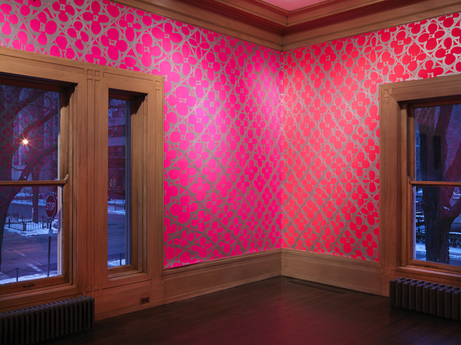
View of “Judy Ledgerwood: Chromatic Patterns for the Graham Foundation,” 2014, Graham Foundation, Chicago. Photo Tom Van Eynde.
On February 6, 2014, Judy Ledgerwood will discuss her practice and her current installation, Chromatic Patterns for the Graham Foundation, on view through April 5, 2014.
Judy Ledgerwood is a Chicago-based painter and educator. She is the recipient of numerous awards including The Richard H. Driehaus Foundation Award, an Artadia Award, a Tiffany Award in the Visual Arts, a National Endowment for the Arts Award, and an Illinois Art Council Award. Her work is represented in public collections including the Art Institute of Chicago, the Metropolitan Museum of Art, the Museum of Contemporary Art Los Angeles, the Milwaukee Museum of Art, the Museum of Contemporary Art Chicago, and the Kunstmuseum St. Gallen Switzerland. She received a BFA from the Art Academy of Cincinnati and a MFA the School of the Art Institute of Chicago. Ledgerwood is Director of Graduate Studies and Professor of Art Theory and Practice at Northwestern University.
For more information on the exhibition, Chromatic Patterns for the Graham Foundation, click here.
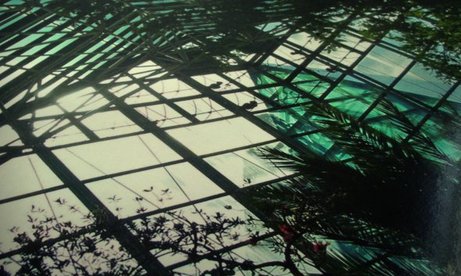
In his first Chicago performance since 2011, Chris Madak will present new algorithmic and systems-based pieces for synthesizer, computer, and solo improviser.
Chris Madak (b. 1983, Massilon, Ohio) is a musician and electroacoustic composer active in Cleveland and Philadelphia and best known for his work as Bee Mask. Based in private systems and oblique strategies, Madak’s work endeavors to preserve and extend the countercultural heritage of experimental music. Madak draws on a varied technical vocabulary within experimental music, including handmade electronics and percussion, analog synthesis, concrète manipulations on tape and samplers, prepared guitar and piano, and digital signal processing. Rooted in rituals of listening and the convivial experience of phonographic sound in space from hi-fi’s to sound systems, Madak is motivated by an idea of music as studio art—distinct from what he believes are the arid textual formulas of sound art. He approaches performance as an opening of the experimental space of the studio onto the world. Madak has released several LPs on the Spectrum Spools imprint of Editions Mego and has published editions of his and others' work through his own Deception Island (2005-2011) and Pear Growers Series (2013-present) labels. He has performed throughout North America, Australia, Europe, and Japan, and collaborated with artists including Donato Dozzy, Surgeon, Charles Cohen, Outer Space, Autre Ne Veut, Laraaji, and Oneohtrix Point Never.
This performance is presented in partnership with Lampo. Founded in 1997, Lampo is a non-profit organization for experimental music, sound art, and intermedia projects. Visit lampo.org.
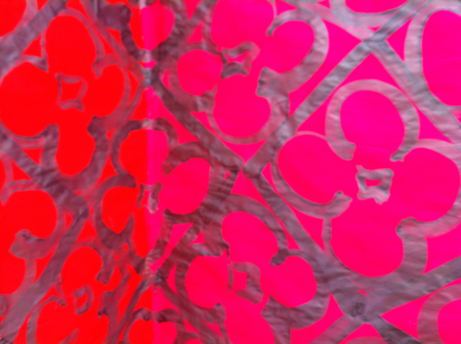
Judy Ledgerwood, preparatory studies for 'Chromatic Patterns for the Graham Foundation,' 2013
Please join us for a reception to celebrate the opening of Judy Ledgerwood: Chromatic Patterns for the Graham Foundation.
For more information on the exhibition, Chromatic Patterns for the Graham Foundation, click here.
Unless otherwise noted,
all events take place at:
Madlener House4 West Burton Place, Chicago
GALLERY AND BOOKSHOP HOURS
2025 Chicago Architecture Biennial
SHIFT: Architecture in Times of Radical Change
Sep 19, 2025–Feb 28, 2026
Wed–Sat, 12–5 p.m.
CONTACT
312.787.4071
info@grahamfoundation.org
Accessibility
Events are held in the ballroom on the third floor which is only accessible by stairs.The first floor of the Madlener House is accessible via an outdoor lift. Please call 312.787.4071 to make arrangements.
Copyright © 2008–2025 Graham Foundation. All rights reserved.
 PREVIOUS POSTS
PREVIOUS POSTS